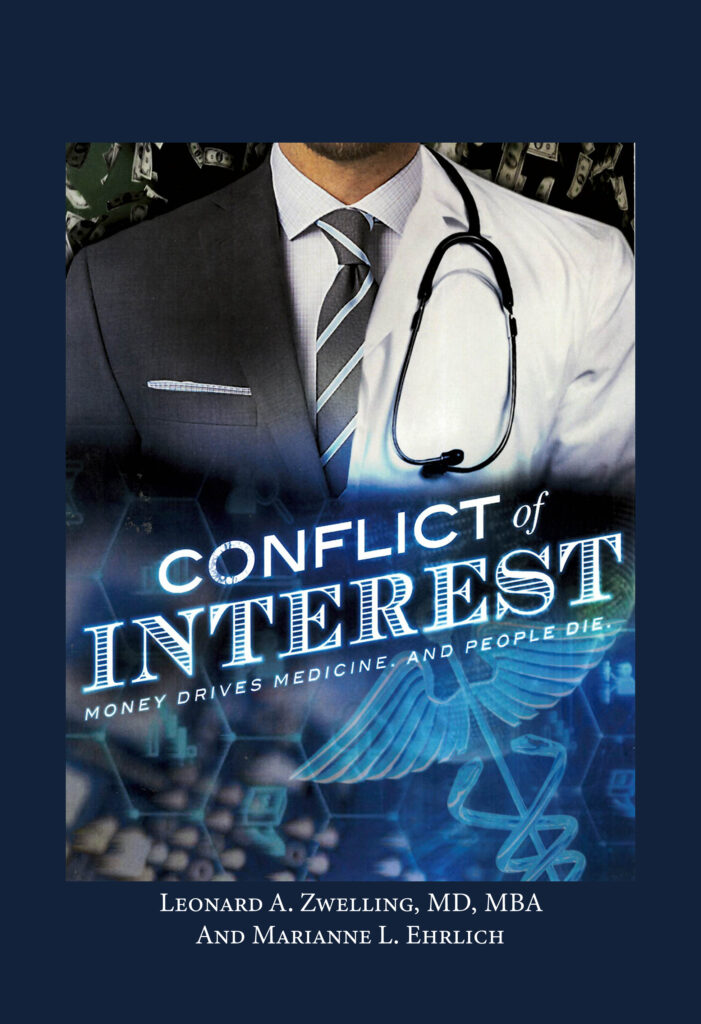Uber Drivers
By
Leonard Zwelling
According to MicroSoft’s Co-Pilot, my new favorite search engine, to become a London cab driver requires many years of dedicated study to first, acquire the Knowledge of London, the 25,000 streets and 20,000 landmarks within a six-mile radius of Caring Cross. That’s just the beginning. Prospective cabbies need to learn the Blue Book of 320 routes, known as “runs.” There is a series of tests and self-assessments that eventually lead to a final test that allows one to actually become a London cabbie.
I looked this up to contrast it with what it takes to become an Uber driver. Lately, in my experience this seems to require an access to a small Toyota and a drivers’ license and access to some form of GPS guidance system, preferably speaking in the native language of the driver and mounted above the steering wheel of the vehicle.
My last two Uber rides have been fraught. One was just taking me from my house back to the Audi dealership to pick up my car after regular maintenance. The driver couldn’t follow the instructions emanating from Waze right in front of his face. He missed the turn into the dealership. We got there. Eventually.
Then the BW and I needed to got to Hobby for a brief weekend trip to Austin. Usually, I settle into the back seat and close my eyes, but something just seemed wrong. Instead of leaving Bellaire and heading south and then east on the 610 Loop towards Hobby, the driver went north on the Loop. I thought he was taking us to the wrong airport. No. Somehow his Spanish speaking GPS was taking him up the loop, north to go south, then over to the east on I 59 to 45 South and into Hobby. It seemed backwards to me, but again, we had allotted a great deal of time, so no harm done.
Like most everything else in the service sector of the United States, Uber seems to be slipping.
My battle with Nespresso exemplifies this.
When the light on the top of the coffee machine shows red and yellow, it’s time to descale the machine to rid its inner workings of build-up from water and coffee. Of course, there are no instructions on the descaling solution box. No worries. It’s 2024. We have YouTube.
I followed the instructions on that website for descaling my machine and it went fine. Then I tried to make a cup of coffee and the red and yellow light came back on. Now what?
I called the Nespresso Help line.
The recorded introductory announcement was clear and I pushed 2 for the technical staff. Immediately I could not hear the person on the other end of the line. Even asking them to speak through a real phone instead of a headset did not help. This happened four times until I got an advisor who I encouraged to speak loudly enough for me to hear. He walked me back through the descaling process all over again to clear the machine.
I have found that getting help of any kind over the computer is usually fruitless. When I call, the results are mixed. Either I am rerouted to Mumbai and get a non-English speaking helper, I am on hold for twenty of so minutes to get to an American-based representative who doesn’t speak English well, or, sometimes, I get someone who speaks English loudly enough for a hearing aid-wearing old guy and who actually knows what he or she is talking about. I hit the jackpot about one in four times.
Have you had similar experiences with service centers? Let me know in the Comments section. If I accumulate sufficient numbers of good stories, perhaps I’ll write a book, American Service: Double Fault.
In London, you always get where you are going if you take a black cab. Perhaps Uber and others in the service sector should consider the rigorous training employed by the London cab system so that service is adequate and customers are actually satisfied (i.e., an absence of desire).
Nah!





2 thoughts on “Uber Drivers”
And then there’s ANY customer service line for any service you may need to schedule or any help with a service you may need. I understand that tariffs may be imposed to encourage companies to bring their manufacturing back to the US. (We’ll see.) Couldn’t companies receive enticement to bring customer service lines back to the US? Cheaper is not always better! Customer service lines actually in the US would certainly cause me to change providers ultimately making it cost effective for those organizations.
Check out AMEX. Always service from America. It’s great and I am more than willing to pay for that.